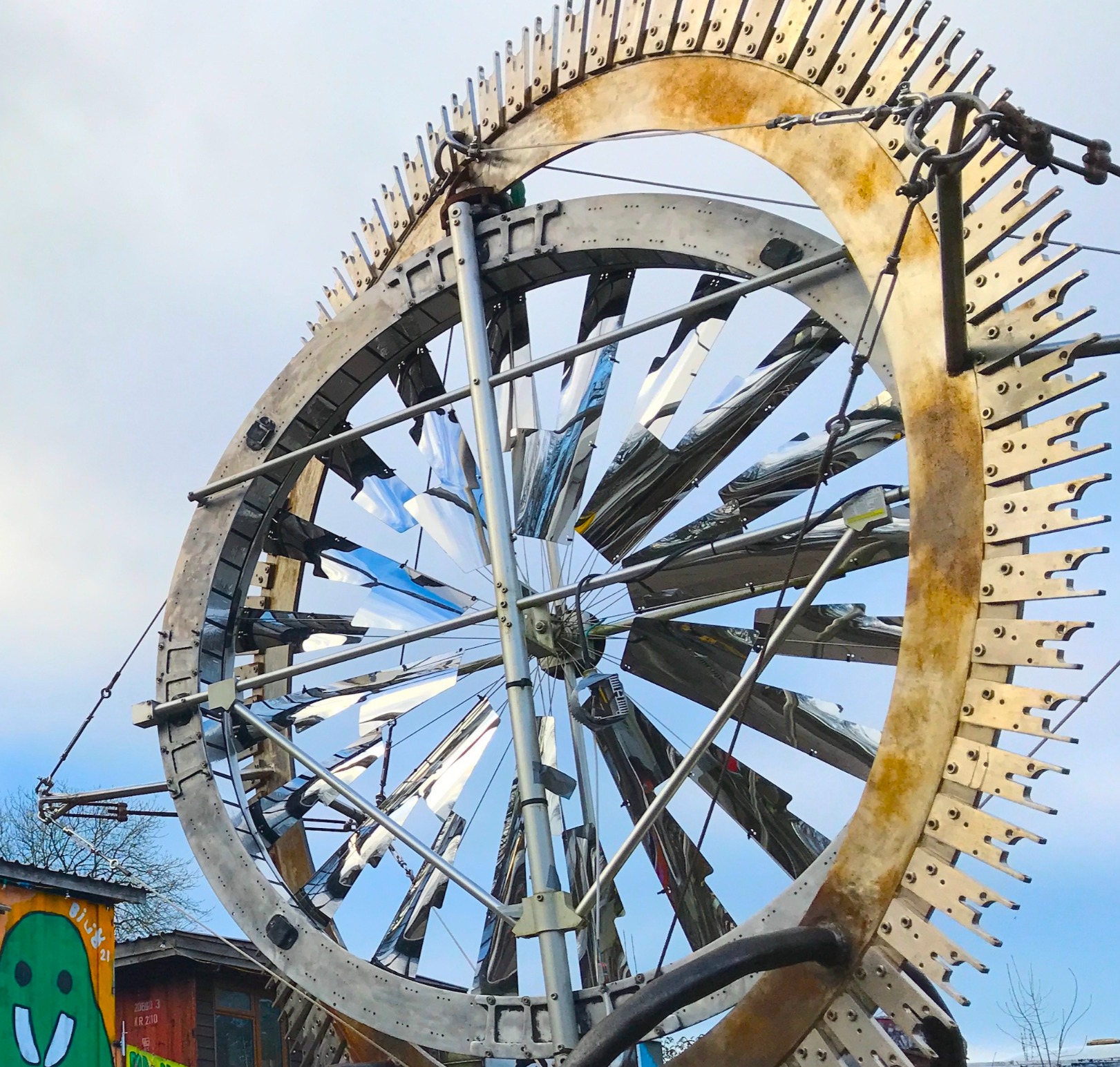Learning From a Natural Forest Environment with Poppie
- Rockaway Park

- Dec 5, 2022
- 4 min read

I needed to get out of the city. After 14 years, it had been very unkind to me. I didn't care where I ended up as long as it was in nature and close enough to Rockaway for me to keep gardening!
It was Josh (our head gardener at the time) who told me about the forest that would eventually become my home. I call it a forest - although some may call it a woodland. It's one of the many small pockets of wilderness across the countryside that was once connected as a huge forest, covering the entire land - until it was changed by people, agriculture and industry.
I consider myself so lucky to be able to experience a little taste of this wilderness. I was overjoyed to realise that living in a forest gave me an invaluable tool that would help me with the Rockaway Community Forest Garden - the ability to observe, compare and note the differences between the two habitats!
My home forest - although not that far from Rockaway - has different trees, different wildlife, different terrain and different soil from our sloping garden. Even the understory has different species of plants that thrive below the trees. There's also differences in the quality and microbiota of the soil; or the way the light hits the plants through the leaves, and the way the land has been interacted with by humans to affect the plant life. Which, in turn, affects the fungi, the insect life; as well as the larger animals that call the forest home. Not forgetting the humans who enjoy walking, hunting, fishing or benefiting from the occasional felled tree.
As I noticed the season start to change from Summer to Autumn, I went for a mindful walk in my forest home. I didn't stick to the man-made path, but made sure to carefully step among the trees into the shaded dells and deeper thickets of wood. Whenever the vegetation became impassible, I found myself taking the thin, careful tracks made by animals. There were places where hundreds of saplings had sprouted close to each other, but I knew there's no way they could all survive to become mature trees. There is a spot with a HUGE tree. You can see the boundaries of its roots underground, by the circle, where no saplings have emerged. Not because the tree takes all the light in that area, but because its roots take all the available space, nutrients and water.
I accidentally knocked over what I thought was a young tree covered in moss. It was once, but it was no longer alive - did the moss swamp it? Did it create so much moisture that it rotted the base? Or did the tree die from other causes and the moss simply took its chance to grow on this unused habitat, extending its reach skyward where the falling leaves couldn't cover it?
Walking in the same woods each day gives you a sense of how quickly things change and how different things interact. I feel as if I've never been so in touch with the season before... I never knew how quickly a tree dropped its nuts, or how soon those nuts get foraged by the squirrels. I never knew how quickly the ones left over decay, or what it takes for the ones left behind to germinate (right location, right nut, no one eating it, stepping on it or overshadowing it.) When I decided to forage for chestnuts, I found I was too late! All the good ones had been squirrelled away, while most of the ones that were left had started to go mouldy.
One of my most exciting discoveries was realising how quickly wild mycelia fruit can grow a huge stand of mushrooms or a MASSIVE single mushroom! I also didn't realise how quickly those mushrooms are then swamped by the autumn leaves. Crushed by the weight of the decaying leaf mould, they turn into food for the earth and the insects as they release their spores back into the newly-forming layer of dirt to create new mycelia. Forming a network underground, they connect the plant and tree roots to the soil and each other, exchanging micronutrients for simple sugars and contributing to the healthy microbiome of an established forest. Then repeat the cycle of fruiting and regrowing next year.
I also didn't know the pine cones would disappear! Where did they go? Did the squirrels hide them? Did people take them to use as fire-lighters, or are they simply all buried under the leaves now, also biding their time before bidding to become trees?
I'm excited to observe the next changes the season brings, both at home and in the Forest Garden and to keep finding my place in both of them. So, why not come and join us at Rockaway Park and maybe make your own observations? Everyone is welcome!
If you'd like to join us on a Friday in the garden, and become a part of our lovely community of volunteers, just contact me below:



Comments